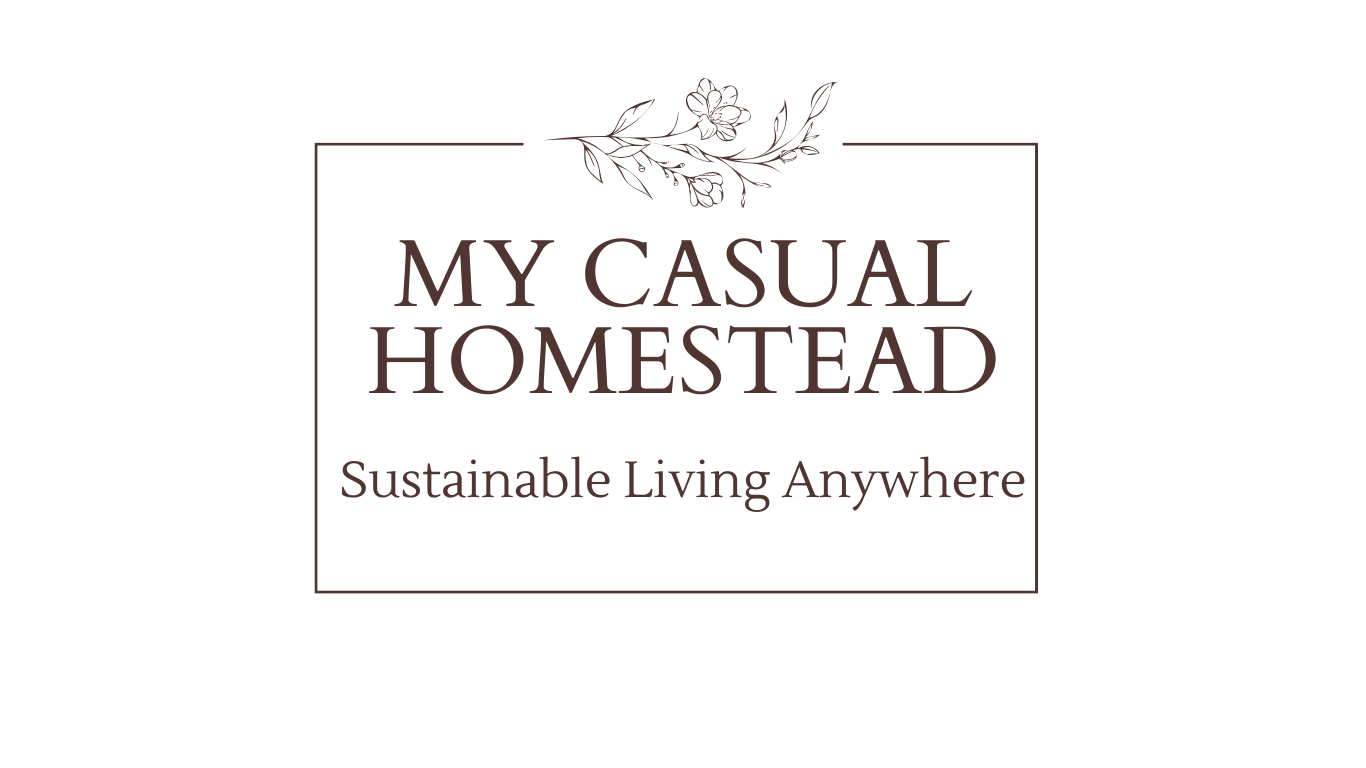Rhubarb is one of the many exciting signs of spring, a welcome burst of color in an otherwise barren post winter landscape. Rhubarb is the first edible plant that grows on our farm. As the hardy perennial pushes its way through the soil before the forsythia blooms, my kids start fighting over who gets to pick the first stalk. Usually, I settle the fight by picking it myself, not very nice I know, but their competitive fighting will move on to the next new thing with lightning speed. Just to be nice I usually share it with them too.
Rhubarb is a hardy perennial native to Siberia and parts of northern Europe and is a relative of buckwheat that grows on its own year after (up to about 20 years) once it is established. A good plant for the northern third of the United States, it is one of the earliest spring producers. Rhubarb thrives on being frozen all winter. This is my kind of perennial, tough, hardy and likes winter!
Rhubarb (Rheum rhabarbarum) plants grow from thick and short underground stems called rhizomes. The rhubarb leaves emerge from the rhizomes and flower stalks, and flowers may bloom in the spring. The rhubarb stalk, or the petiole, may have a combination of red, green, or pink colors; however, pink and red are said to have the better flavor. Harvesting rhubarb does not happen in the first year, and it can sometimes take two to three years for a good harvest.
Planting and Growing
Start with 2-3-year-old roots, and plant in the spring or fall. For one family 2 plants are plenty. Rhubarb likes rich, lightly acidic soil with lots of organic matter. Dig a hole in your perennial area put a layer of compost/manure in it. and then put in the root. Cover with an inch of soil, do not plant too deeply because this may cause root rot. Plant at least 3 feet apart, they will be large when fully mature. Water well throughout the growing season and snip off any flower shoots as they appear.
Every spring before the first buds push their way through the soil, add new compost for the best growth. Do not harvest your rhubarb the first year and the second year only sparingly, after that use as much as you need. Once established your plants will grow quickly and vigorously and may become overcrowded and will begin to decline in quality after about five years. to prevent this simply divide the plant in half and share with a neighbor or replant it elsewhere.










I only have one plant, but this year, it went crazy. It is planted in a raised bed. But by Memorial weekend out temperatures were in the 90’s, breaking records, for 5 days. Since this is June 7th, am I done picking my Rhubarb?
Hi, consistently hot temperatures can cause your rhubarb to go dormant. I would cut what you want now and freeze it for use later in the season, but you never know, as long as you keep it well watered it might give you another harvest. Good luck and let me know how it goes.